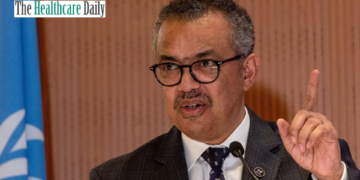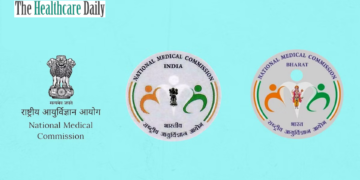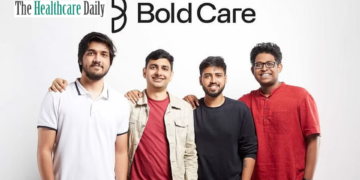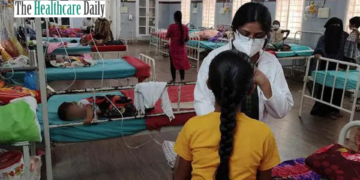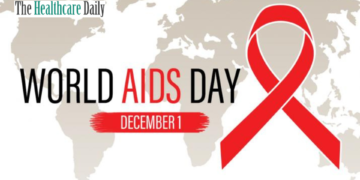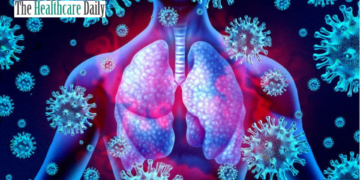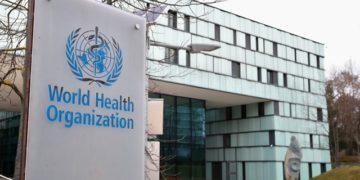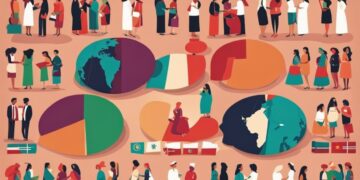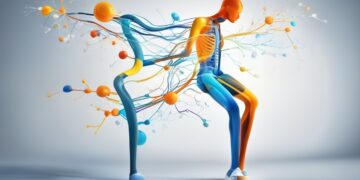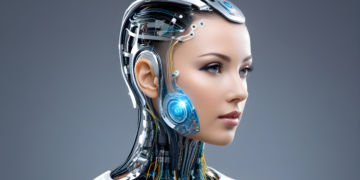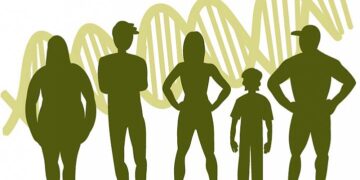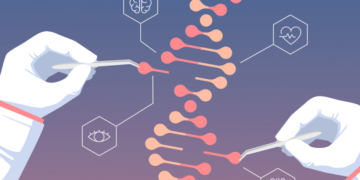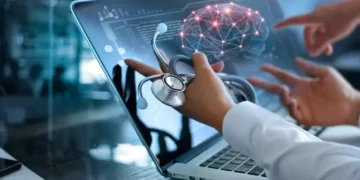One of the major announcements on this Independence Day, on 15th August 2020, celebrated at the Red Fort in New Delhi, was the launch of Digital Health Mission. It aims to connect every medical facility in India with each citizen by creating online medical records and registering every citizen with a unique Health ID on a common Indian National Health portal.
The event was held, keeping in mind the COVID-19 health protocols, with around 4000 guests keeping social distancing. Ambulances were stationed at the in case someone showed COVID-19 symptoms while entering the event’s premises. Soldiers who welcomed the Prime Minister were in quarantine in the days preceding the event.
As announced by Mr. Modi, the main goals of the Digital Health Mission are:
- To form a uniform database of diagnostic centers, medical institutions, and state medical records across the country for better information accessibility and transparency.
- Ease of access and appointment to people from remote and rural areas to nearby district hospitals.
- Verification of doctors entered into the database to cut back on quacks, provision of better treatment, and curb negligence.
- Pradhan Mantri Jan Arogya Yojna (PM-JAY) and Ayushman Bharat designated provide quality treatment of the poor.
- Guidelines have been set for 30 regular treatments to set a standard care procedure. These conventional treatments include cataract surgery, cesarean section, total knee replacement, hemodialysis, renal failure, systemic thrombolysis, coronary artery bypass grafting, and mitral valvotomy.
- Generation of a national Health ID will be facilitated as a mobile app, which will be linked to the shared database of doctors and health facilities in India. It will be created with personal details and will require Aadhar Card verification. This ID will contain all the information regarding diseases, diagnoses, current medications, medical checkup reports, and medical history.
Modi said regarding the Health ID,
“Whether it is making the doctor’s appointment, depositing money, or running around for documents in the hospital, the mission will help remove all such challenges.”
On the ongoing COVID-19 pandemic, the Prime Minister commented,
“Not one, not two, as many as three coronavirus vaccines are being tested in India.”
As he stood at the Red Fort besides the tricolored national flag, donning a graceful white and orange turban. He covered his mouth with a white and orange scarf whenever someone came close to him during the ceremony. He further commented on the COVID-19 vaccine,
“Along with mass- production, the roadmap for distribution of vaccine to every single Indian in the least possible time is also ready.”
At present, there are no guidelines for a minimum duration of hospitalization, the treatment procedures, or the use of preferred pharmaceutical or non- pharmaceutical treatments.
After the DHM is out into action, the National Health Authority will issue a standard care guideline. With this in place, there will be less medical fraud, standard care available at all the medical facilities, and economically- feasible medicines will be available across the country.
However, there are downsides to this Mission as well. In a country where a big part of the population still doesn’t have access to information technology, namely mobile phones, which are the basis of the Digital Health Mission, it will be difficult for people to benefit from the Mission entirely, and in some cases not at all possible.
According to the data available, of the total 600 million mobile phones in India, only 400 million are smartphones constituting only 25% of the population.
Apart from this, there has been no digitization of national and state records of doctors and other healthcare professionals. It will take a long time to be uploaded meanwhile creating hindrances in cross-checking of information.
Besides, the Data Protection Act needs to be passed by both the houses of the Parliament before complete digitization is considered. Pharmacies would require legislation to process e-prescriptions, which will take a long time.
Although, as the Union Minister of Health and Family Welfare, Dr. Harsh Vardhan announced,
“The scheme will be rolled out from today through a pilot launch in the Union Territories of Chandigarh, Ladakh, Dadra and Nagar Haveli, Daman and Diu, Puducherry, Andaman and Nicobar Islands, and Lakshadweep.” most of the rural population will not be able to access this.
In such a scenario, one is bound to ask if the Digital Health Mission will do anything to ameliorate the ever-deteriorating situation of public health in India, the reality of which became starker during the pandemic.
For such a mission to work, the government needs to put more effort into bringing to the fore the marginalized population of India, who will receive most of the benefit from the Digital Health Mission.
Sources:
By Antara Adhikari


